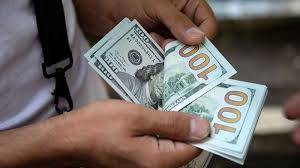Lebanon's third deputy governor, Salim Shahin, stated that the central bank will cease operations of the controversial currency exchange platform known as "Sayrafa" following the term of Governor Riad Salameh at the end of this month, which has lasted 30 years. Shahin mentioned in an interview with Reuters that the bank's leadership is in discussions with policymakers in the government and parliament, as well as with the International Monetary Fund, regarding the need to move away from this platform due to its lack of transparency and governance. He added, "It is about how the gradual phasing out of Sayrafa will be carried out," with plans for it to be replaced by "an electronic platform for exchange rate determination" to be established by specialized international entities. Shahin indicated that "we are in advanced talks to choose between Refinitiv or Bloomberg."
The Sayrafa platform was established in May 2021, after 18 months following the onset of Lebanon's economic collapse. It is widely viewed as a means employed by the central bank to maintain the stability of the Lebanese pound; however, it has continued to decline despite this. Lebanese authorities and international institutions have criticized the platform for its lack of transparency and sustainability, as well as the opportunity it created for profit from differences in exchange rates between various markets, particularly amid the widening gap between Sayrafa and the parallel market.
The World Bank stated in a report that "Sayrafa, the main monetary tool of the Lebanese central bank to stabilize the pound, is not just an unpopular monetary tool, but has also turned into a mechanism for profiting from exchange rate differences," noting that buyers on the Sayrafa platform may have earned up to $2.5 billion from exchange rate discrepancies. The World Bank describes Sayrafa as one of the "weaker policies implemented by Lebanese authorities since the onset of the crisis, and that it has often produced counterproductive results."




